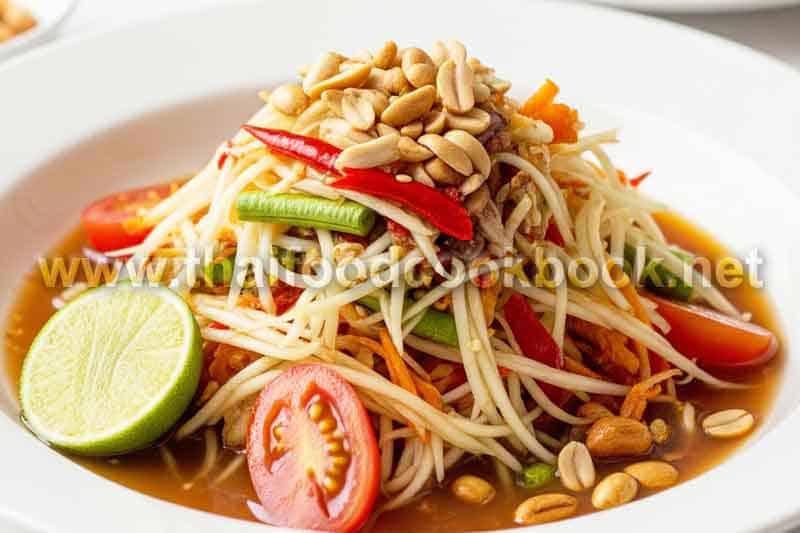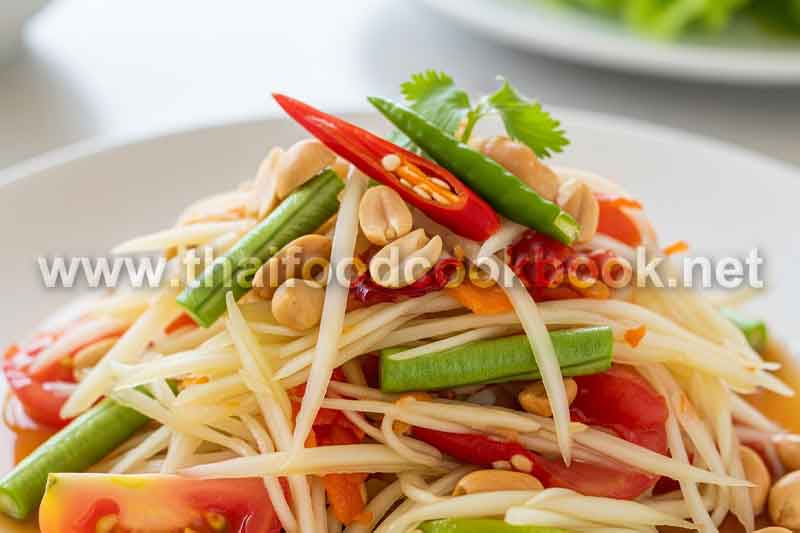The Final Stage Thai Curry Should Reach Before Serving
Every authentic Thai curry reaches a specific aroma and texture stage before it is considered finished, and this moment is what separates “just cooked” curry from fully completed curry. Most beginners rely on time, thickness, or color to determine doneness — but Thai chefs judge by smell, steam behavior, and the way oils lift to the surface. Understanding the final stage Thai curry should reach before serving helps you capture the exact moment when all herbs, spices, coconut milk, and seasoning have fully merged into a unified flavor. Once you learn to identify this stage by aroma instead of appearance, your curry stops tasting flat or unfinished and starts tasting like a restaurant-quality meal every time.
1. What the “Final Stage” Really Means in Thai Cooking
The final stage is not about thickness or boiling — it is the moment when the curry gives off its strongest, cleanest, and most complete aroma. This happens only after the paste is fully bloomed, the coconut milk has fused into the spice base, and the herbs have released their oils into the steam. At this stage, the curry smells “lifted,” not raw or heavy. If served too early, the scent feels muddy and incomplete; if cooked too long, the fragrance collapses and the herbs lose clarity.
- The curry surface lightly glistens with aromatic oil
- The steam smells layered, not one-note
- The basil or kaffir lime leaf aroma floats above the coconut base
- No harsh chili smell — only a warm, rounded fragrance
This point of fragrance is the Thai chef’s green light for plating.
2. How to Recognize the Final Aroma Signal
The final stage arrives not silently, but through a distinct change in the steam’s scent. In early stages of cooking, you smell raw paste, harsh chili, or heavy coconut fat. As the base develops, aroma softens and deepens, but near the finish, the fragrance suddenly becomes clearer and lighter. This is the point when herbs have “opened.” Missing this moment is the reason many home cooks fail to capture restaurant depth.
- The curry stops smelling raw and starts smelling clean and round
- Fresh top notes (basil, lime leaf) rise above the base
- Steam becomes more fragrant than the pot itself
- The smell lingers longer in the air — this is the readiness cue
Once you can identify this exact shift, you no longer need a timer to know when the dish is done.
3. Common Mistakes That Prevent the Final Stage from Forming
Most cooks never reach the true finishing stage because they rush or overhandle the curry at the end. Poor heat control or premature herb addition lowers aroma quality before the curry peaks. Restaurants protect this moment by controlling when aromatics touch heat.
- Adding basil too early → aroma evaporates before serving
- Simmering too hot → essential oils break and disappear
- Over-stirring → destroys top-note fragrance lift
- Finishing without lowering heat → aroma gets sharp instead of round
The fix is not more seasoning — it is correct timing of aroma release.
4. Final Summary and How to Build Habit Around the Finish
To reach the true final stage of Thai curry, you must treat aroma like the final ingredient — not an accidental side effect. First build the base, then unify spice and fat, and finally release herbs at lower heat so fragrance can bloom upward in the last seconds before plating. Once you learn this moment of aromatic peak, your curry will always taste finished, polished, and emotionally satisfying. For deeper reference on culinary heat and aroma behavior, explore aromatic heat interaction to understand why controlling temperature is the key to final-stage fragrance.
Summary
The real finishing stage of Thai curry is not visual but aromatic — the moment when herbs bloom, oil rises lightly to the surface, and fragrance peaks into a clean, rounded scent that signals the dish is ready to serve.

